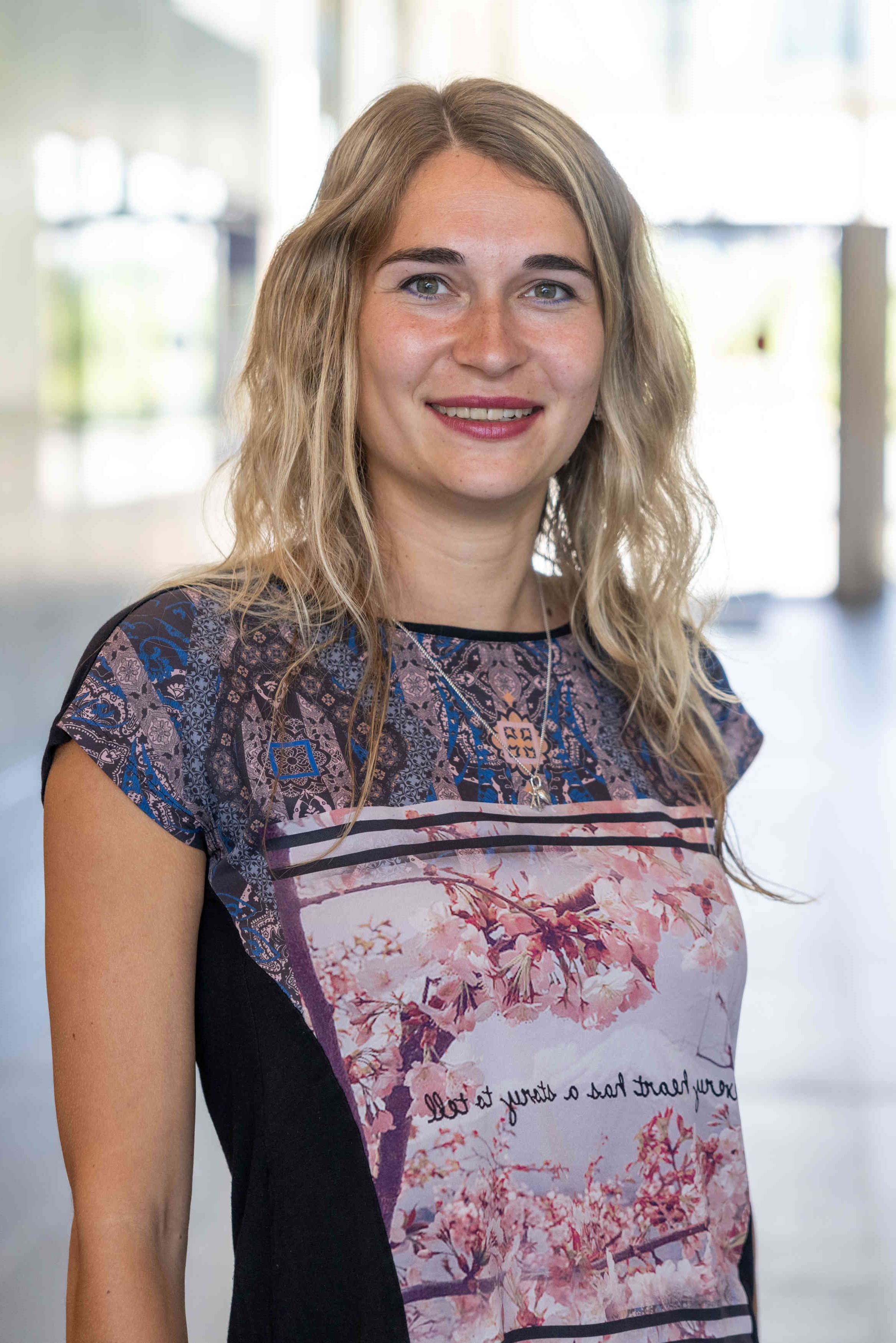

Apart from working as a forensic analytical scientist, I love playing sports and making creative products. I have a background in chemistry, and after working for some years at TNO, I am currently doing a PhD in forensic chemistry. On this website you can find information about previous projects and my current PhD project ‘FACING’. My research focuses on protection against highly toxic chemicals, with the emphasis on Chemical Profiling for forensic investigations and intelligence purposes.
I have always been interested in learning how things work. When I did my bachelor chemistry, I was amazed to understand nature and products to the molecular level. After my bachelor I chose to do the master Forensic Science. Forensic Science is the application of science in a legal context. For example, scientific innovations contribute to protecting people and lead to new evidence in court. This was for me the perfect combination of science and helping to make the world better. I know it sounds ambitious, but small changes can make a big difference.
"Forensic Science: Applying science in a legal context"
At the end of my master I did my internship and thesis at TNO in the department CBRN (chemical, biological, radiological and nuclear) protection. My research was about the determination of the contact risk of toxic industrial chemicals and the opioid fentanyl. After the master I got a job as a scientist in the same department in the TNO unit defence, safety and security.
As a physical chemical analytical scientist, I worked in the field of aerosol research and analytical chemistry. Chemicals can be released as an aerosol and these small particles in the air can cause health effects. Think about soot particles and smoke that contribute to air pollution. However, there are also highly toxic chemicals that cause immediate health effects. I studied the characteristics of aerosols and the detection and protection against it.
More than three ago, I started with something new. Together with the University of Amsterdam and TNO, I wrote a proposal for a PhD research about Forensic Attribution for CWA INtelliGence (FACING). After an incident with chemical warfare agents (CWAs), it is important to address the question of its origin to accurately reconstruct events and find the persons and institutions responsible. Forensic chemical attribution can help to answer this question. The proposal is granted by the TNO DO-AIO fund of the Dutch Ministry of Defence and currently I perform my PhD research at both the University of Amsterdam and TNO.
On the website several projects of my PhD are highlighed, ranging from profiling of synthetic opioids to biomarkers of chemical warfare agents in plants. These topics are combined in my PhD thesis, which I will defend the 12th of June. I am looking forward to sharing more details about this later!
“After an incident with chemical warfare agents, it is important to address the question of its origin to accurately reconstruct events and find the persons and institutions responsible.”

2023
2022
2021
2020